
Guide
Better photos in poor light
by David Lee

The direction of light can have an enormous effect on your picture. You can create silhouettes or give a picture more depth. You’ll just have to start paying attention to your lighting.
You have to purposefully pay attention to lighting as your brain filters out changes in brightness automatically. On top of that, cameras highlight contrast more than the human eye. This means that a picture can vary wildly even when it’s overcast due to the light direction.
The direction of light decides which side of your subject is lighter or darker. This gradient changes gradually with round objects and changes drastically with square ones. These differences give your picture a three-dimensional look.
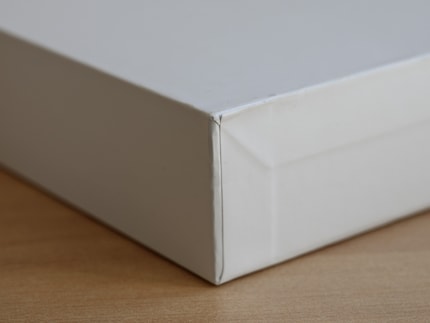

Here’s an interesting example. This is the same tree photographed at the same time by the same camera – the only difference is where the light is coming from.
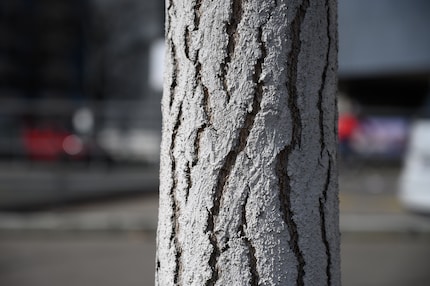
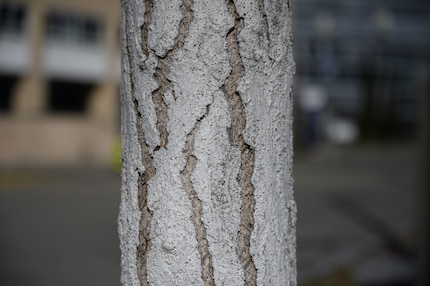
The first picture has its light source on the left. You can notice this by the brighter left side of the tree. There’s no recognizable brightness gradient in the second picture. So where is the light coming from? From behind the tree, meaning where the camera is. The tree does have a darker side, but it’s not visible in the picture. The tree doesn’t seem three-dimensional. This isn’t very nice.
What’s even worse is backlight. As your face or whatever you’re taking a picture of will be way too dark. A flash can eliminate this problem, but you’ll still be missing a 3D effect. But as long as you’re thinking while taking pictures you won’t have any problems. But backlight pictures aren’t all bad.
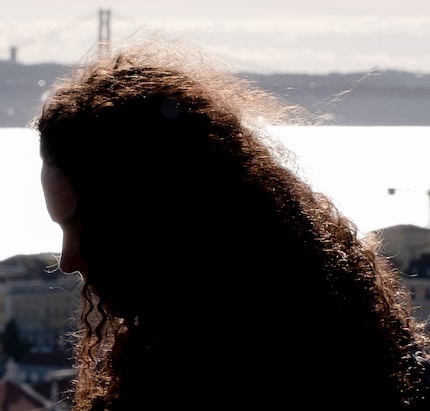
Backlight brightens only single hairs, an interesting effect. The concept applies to leaves.
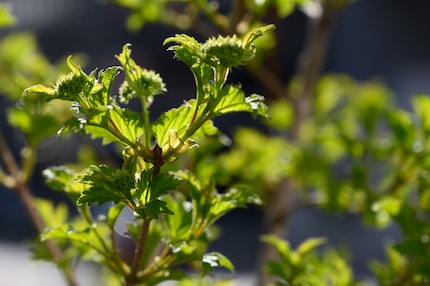
Here’s the same plant with the light coming from the opposite direction. The leaves are relatively dark without much contrast. It’s a pretty lifeless boring picture.
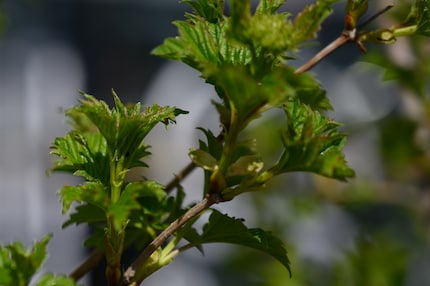
Light direction is harder to recognise in the shade or during twilight. There are no shadows and less noticeable differences in brightness They are still there, however.
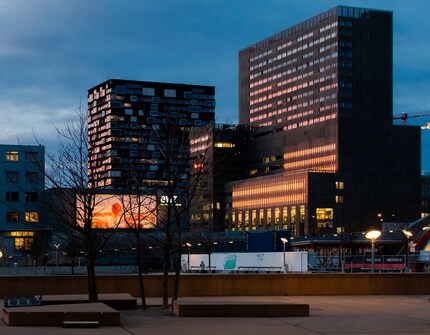
Can you see where the light is coming from in this picture.
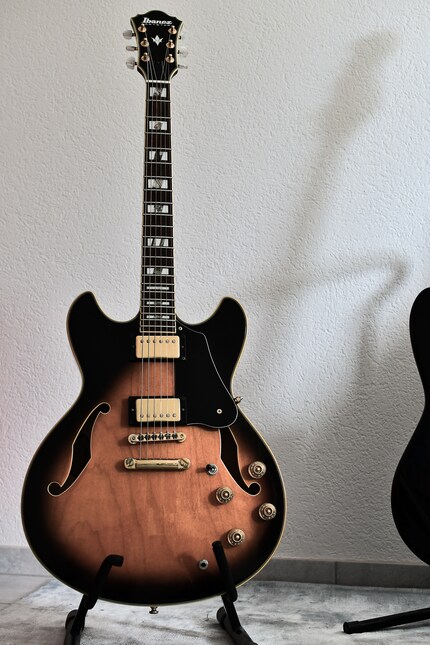
Right: from the right. The right side of the guitar has a yellowish edge while the left side is darker. The shadow on the whale is a trick: it’s from the guitar on the right, barely visible in the frame.
That was your eye training from pictures alone. Now it’s time for you to tries this in the real world. Get your camera out and get going!
My interest in IT and writing landed me in tech journalism early on (2000). I want to know how we can use technology without being used. Outside of the office, I’m a keen musician who makes up for lacking talent with excessive enthusiasm.
Practical solutions for everyday problems with technology, household hacks and much more.
Show all